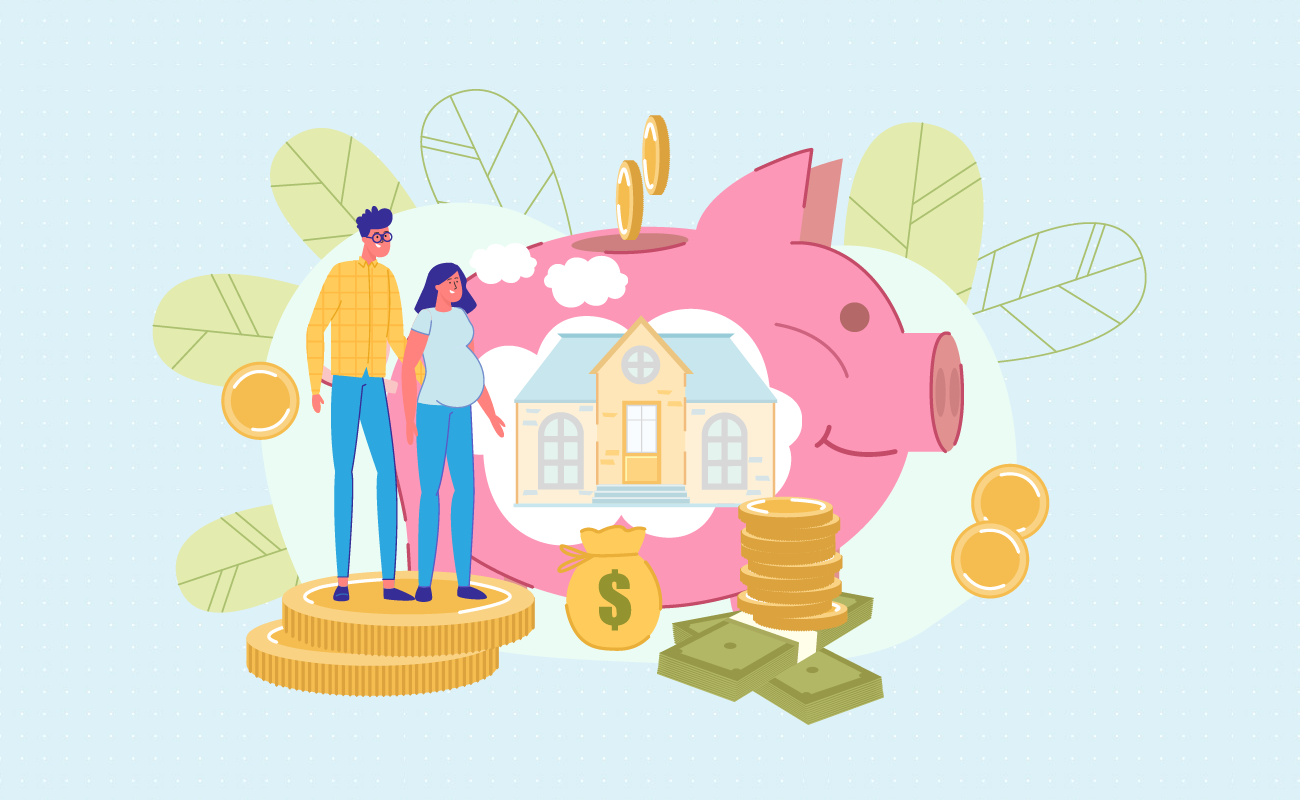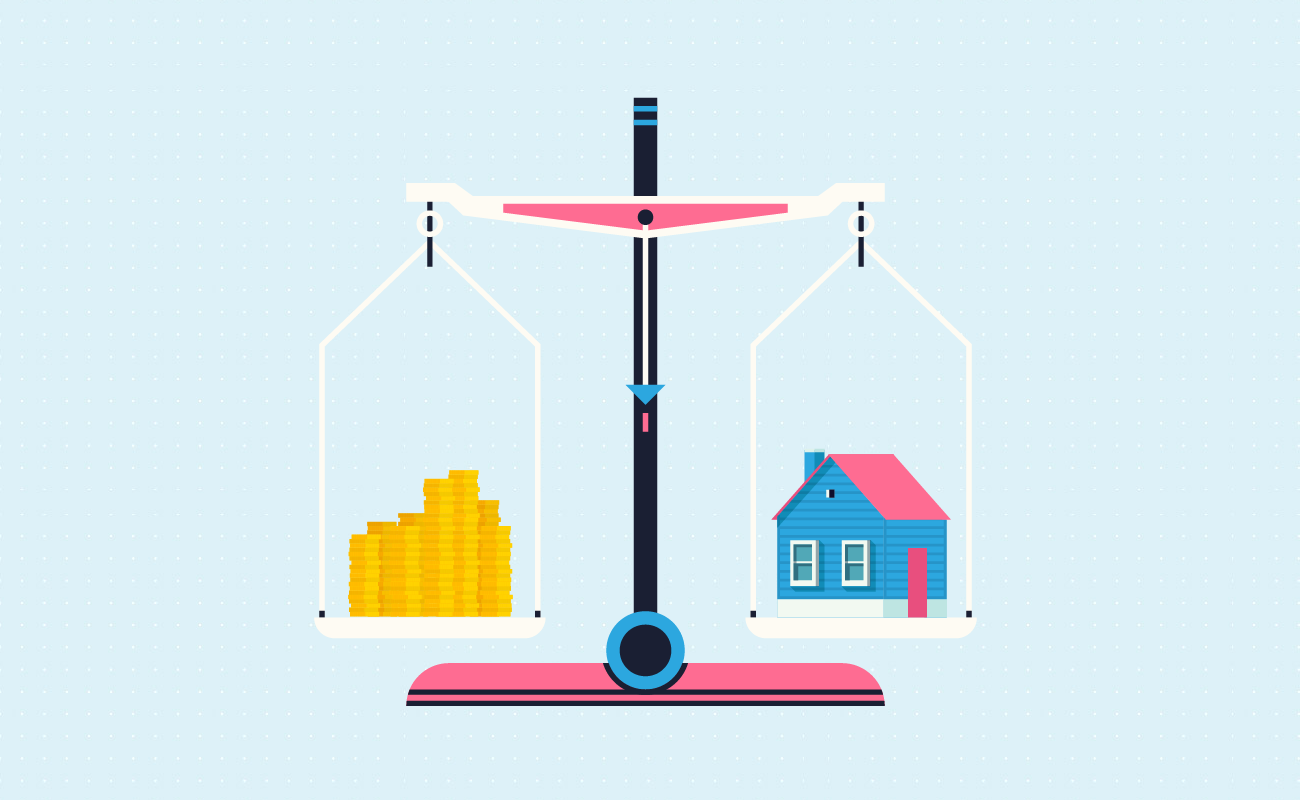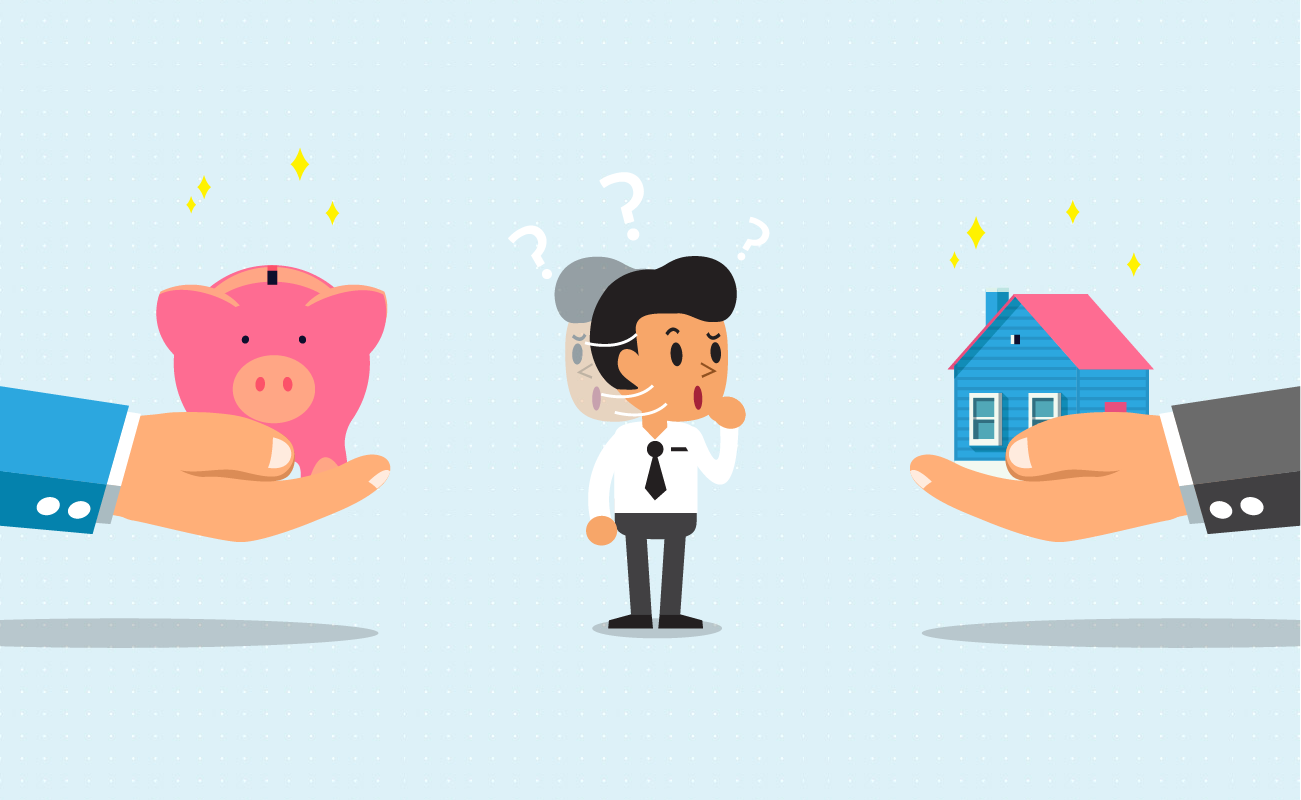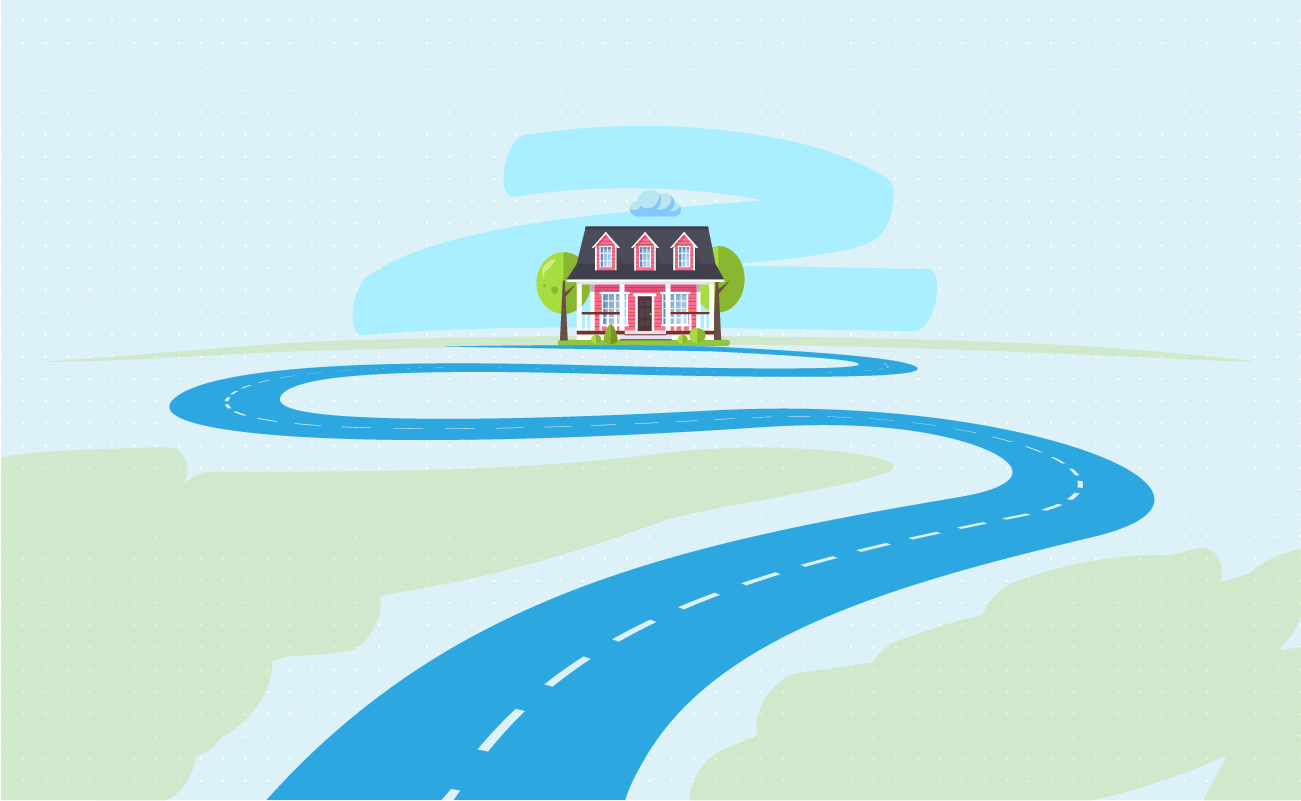Fixed Rates
30 yr
25 yr
20 yr
15 yr
10 yr
Compare Terms
Compare Rates
Real APR
Adjustable Rates
Qualification
Affordability
Renter Affordability
Rent vs Buy
Price per Square Foot
Jumbo
Home Sellers
 Mortgage Repayment Goal Calculator
Mortgage Repayment Goal CalculatorThis calculator will show you how much you will need to add to your monthly mortgage payment in order to reach your payoff goal of a specified number of months or years in the future. In addition to showing the new monthhly payment, it will also calculate how much interest you will pay under the new amortization schedule versus your original amortization schedule. This calculator is for US mortgages, which accrue interest monthly. We also offer a Canadian payoff goal calculator which accrues interest semi-annually.
Guide published by Jose Abuyuan on August 19, 2020

Your mortgage is often your largest recurring expense. You can spend anywhere between 25 to 28 percent of your income paying for a roof on your head. While mortgages are an investment, they also limit your cash flow. This can impede your ability to save for the future.
Because most people choose 30-year mortgages, this has become a common concern for home buyers. Thirty years is a long time to be paying for something. That term can last until retirement age or longer. You might delay the option to retire by several years just to complete your mortgage payments.
When faced with these possibilities, you may want to pay your mortgage early. Fortunately, you’re not in want of options. The methods that work for you will depend on your current financial situation.
Most American homebuyers choose 30-year fixed-rate mortgages. This option has become a ubiquitous part of the U.S. real estate market, but is it really the best one? In this case, it depends on what you’re looking for. Popularity can be misleading.
On the surface, the 30-year fixed-rate mortgage does have its strong suits. As a fixed-rate mortgage, it’s predictable. Your monthly payments stay the same throughout the life of your loan. Thanks to their long time horizons, these mortgages also have lower monthly payments. Thus, they are within easy reach of many prospective homeowners.
However, a 30-year term isn’t cost-effective in the long run. Over time, these mortgages build up a significant amount of interest. This can nullify any profit you make from your home’s value over time. Critics like Edward Pinto have even questioned the continuing existence of 30-year mortgages in the market.
Long-term mortgages also eat into your cash flow. The money you paid for interest could’ve been used for other things, such as college education funds and fruitful investments toward retirement.

The first and biggest advantage to paying off your mortgage early is through savings. 30-year loans collect a lot of interest over their lifetimes. Paying off your mortgage early cuts the amount of interest you owe, saving you money. You can then use the cash you free up for important expenditures.
Making extra mortgage payments also makes sense in times of economic uncertainty. During a recession, the markets can remain volatile. You’ll lose more money over the short run than you could afford to risk if you played the stock market. Accelerated mortgage payments are a much more secure place to put your money. These extra payments made to your principal reduce your interest costs and shortens your repayment term. The gains you made through extra payments have little risks attached and are all but guaranteed.
Moreover, clearing your mortgage helps secure your home. You will not be at risk of foreclosure if you own your house outright. By paying more, you build up your home equity faster. This not only puts you a few steps closer to owning your home completely. It also comes in handy if you need an extra line of credit.
There are three main ways to clear your mortgage early:
Paying extra and refinancing hastens the reduction of your mortgage’s principal balance. Subsequently, it takes less time to pay off your mortgage. However, this comes with a major disadvantage. Your extra payments mean that you’ll be losing cash flow before you see any returns. You would also still need to pay for a few more years.
A large-enough lump sum payment eliminates a mortgage by clearing its balance at once. This is the most expensive of options. A lump sum payment usually becomes an option after several years into your mortgage. By then, your balance is low enough to clear in one fell swoop. You’d need to have enough money saved up for this purpose to attempt this.

Even if you do have enough money in your tax-deferred retirement funds, do not use it to clear your mortgage. The large tax penalties you might incur can offset any potential savings. Draw your lump sums instead from taxable accounts.
Monthly payments are merely the surface costs of a mortgage. Though it seems affordable at first, it will add up in interest costs over the lifetime of your mortgage. Interest is the fee you pay a lender for extending the money for the loan. It is how most financial institutions make money. Loan interest is calculated through various formulas which follow the same pattern:
I = Prt
Where:
I = interest
P = principal, the amount you borrowed
r = rate
t = term, measured in years
The greater the value of any of the three variables, the greater the interest you need to pay. This can range from the straightforward to the deceptive. You can cut your interest costs by borrowing less money. You can also reduce your interest payments by paying more money in a shorter period of time. Lenders also grant lower rates alongside shorter loan terms. However, there is a downside; shorter terms lead to higher monthly payments.
Unlike consumer debts, mortgages are paid in pre-defined monthly installments. This process, called amortization, spreads the cost over the span of several years. For fixed-interest mortgages, the amount of interest you pay was determined when you signed on. The size of your monthly principal and interest (P + I) payment is determined by the term. The longer your term, the lower your payments per month.
If you could afford the monthly payments of a 15-year fixed-rate mortgage, you’re in luck. You’ve already saved several thousand dollars’ worth of payments. But this isn’t the option most people pick. Instead, they choose 30-year fixed terms because the monthly payments are more affordable.
Many people, at least for a short time, accept this trade off. They may be paying more for their houses in the end, but they can manage monthly payments each month. Seldom would they worry about not having enough when money is tight. Saving money on your home is usually the last thing on your mind when you have other things to worry about.
For our first example, let’s assume that you bought a house worth $300,000. To avoid extra costs, you paid a 20 percent down payment of $60,000. You have the option of financing the house for 15 or 30 years. The 15-year mortgage has a fixed annual percentage rate (APR) of 2.5 percent. Meanwhile, the 30-year mortgage has an APR of 3 percent. Let’s also assume that your escrow costs (taxes, insurance, homeowner’s association dues) amount to $383.33.
Here’s the basic breakdown of either option:
| Mortgage | 30-year Mortgage | 15-year Mortgage |
|---|---|---|
| Principal Balance | $240,000.00 | $240,000.00 |
| Rate (APR) | 3% | 2.5% |
| Escrow Payments | $383.33 | $383.33 |
| Term (Monthly Payments) | 30 years (360) | 15 years (180) |
| Monthly P + I | $1,011.85 | $1,657.40 |
| Total Monthly Payment | $1,395.18 | $2,249.06 |
| Total Interest Paid | $124,265.89 | $58,331.27 |
On the surface, you would’ve saved $645.55 on your monthly payments if you chose the 30-year fixed term. But in the long run, you would’ve saved $65,934.62 in interest payments by choosing a 15-year mortgage on the onset.

Inform your lender that you intend to add extra payments to your principal. This ensures that your money is applied only to your principal. Extra payments applied to your escrow account does nothing to shorten the life of your mortgage. You’re also not getting that money back until your mortgage is cleared.
Accelerated payments are the simplest method to pay your mortgage off fast. This involves paying an extra amount each month to your mortgage’s principal. Generally, you can start doing this at any point in your mortgage’s lifespan. To avoid penalties, however, it’s best to wait it out for at least three years.
Many conventional mortgages have prepayment penalties. These are charged to a borrower for paying off their mortgage ahead of schedule. This is very annoying if you ever needed to sell your house on short notice. In 2014, new legislation placed a cap on prepayment penalties. They now last up to 3 years, which is why all our examples wait that span of time. Be careful, though; the new rules are not retroactive. Check with your lender to see how long your penalties last.
In some cases, you can start sooner than that. Some lenders let borrowers prepay up to 20 percent of their mortgage without penalty. Ask your lender if they allow prepayment during the penalty period. Find out how much you can pay before triggering the penalty. Extra principal payments early on will have the greatest impact on your interest savings. Once the penalty period lapses, you can shift gears toward a more aggressive repayment strategy.
To see how this works, we’ll also need to look at how amortized loans earn interest. Fixed-rate mortgages earn interest monthly through this formula:
I = Bi
Where:
I = your monthly interest costs
B = your current balance
i = your monthly interest rate, which is your APR divided by 12
You then subtract this amount from your monthly P + I payment. The remainder is applied to your mortgage’s principal balance. To see this in action, let’s return to our previous example. We’ll assume you took the 30-year mortgage and waited 3 years (36 months) before making your first extra payment:
30-year Fixed-rate Mortgage
Principal: $240,000.00
Rate (APR): 3% (0.25% monthly)
Term: 30 years (360 months)
Monthly P + I: $1,011.85
Current Balance after 36 payments: $224,505.98
Let’s see what your 37th monthly payment would be:
I = $224,505.98 x 0.0025
I = $561.26
B = $224,505.98 – ($1,011.85 – $561.26)
B = $224,505.98 – $450.59
B = $224,055.39
Now, let’s assume you can make an extra payment of $100 to your mortgage each month. Here’s what your 37th payment would be:
B = $224,505.98 – ($1,111.85 – $561.26)
B = $224,505.98 – $550.59
B = $223,955.39
This may not seem like much at first, but over time it adds up. Here’s how much you’ll save if you kept making extra payments through the life of your mortgage:
| Mortgage | Current | Current + $100 Extra |
|---|---|---|
| Monthly Mortgage Payment | $1,395.18 | $1,495.18 |
| Monthly P + I | $1,011.85 | $1,111.85 |
| Remaining Term | 27 years | 23 years 6 months |
| Remaining Payments | 324 | 282 |
In total, you’ve saved $14,885.47 on interest and $42,497.69 overall. You also shortened your mortgage’s term by 4 and a half years. The more you pay extra, the more you save and the less time it takes to clear your mortgage. But what if you wanted to kill your mortgage after a certain time?
Using our calculator above, let’s see how much you’ll need to pay to clear off your mortgage in 15 years instead of 27. Our table below also compares your savings from paying an extra $100, which shortens your term by 23.5 years:
| Mortgage | 27 Years (324 months) | 23.5 Years (282 months) | 15 Years (180 months) |
|---|---|---|---|
| Monthly P + I | $1,011.85 | $1,111.85 | $1,550.40 |
| Monthly Mortgage Payment | $1,395.18 | $1,495.18 | $1,933.73 |
| Total Interest Paid | $124,265.89 (overall*) $103,330.73 (remaining) | $109,380.42* | $54,565.49 |
| Interest Savings | 0 | $14,885.47 | $48,765.23 |
*Based on your original loan’s full term of 30 years.
To clear your mortgage in 15 years, you would need to pay $538.55. In this time, you would’ve saved a whopping $48,765.23.
Refinancing becomes a viable option when the prevailing rates are low. In essence, you take out a new mortgage to pay for the old one. Unlike making extra payments, this is a challenging proposition. Refinancing is a lengthy and expensive process, and you’ll need to qualify for it to get accepted. If the cards are right, however, refinancing might be the most useful tool in your financial arsenal.
To be eligible for refinancing, you’ll need a minimum credit score of 620. A higher credit rating qualifies you for lower rates. You also get the best results when your new APR is two percentage points lower than your original rate.
Let’s return to our first example. We’ll assume you refinance your original mortgage to a 15-year term after three years. Rates were low that year and your sterling credit score let you qualify for a very generous rate. Your new rate is a whopping 2 percent and your total closing costs amount to $6,000.00.
15-year Fixed-rate Mortgage
Principal Balance: $224,505.98
Rate (APR): 2%
Term: 15 years (180 months)
Closing Costs: $6,000.00
| Mortgage | Current | Refinanced |
|---|---|---|
| Monthly Mortgage Payment | $1,395.18 | $1,828.05 |
| Monthly P + I | $1,011.85 | $1,444.72 |
| Remaining Term | 27 years | 15 years |
| Remaining Payments | 324 | 180 |
| Total Interest Paid | $124,265.89 | $35,542.68 |
You would need 29 months to recoup the costs of refinancing. Although your new payment is $432.87 higher than your original payment, it pays off in the end. Taking account of your closing costs, you would’ve saved $82,723.21 on interest.
Over time, your money loses value through gradual inflation. In periods where inflation is higher than usual, this can be a problem. You lose buying power, especially if your income has not risen alongside it or if you are about to retire. Preparing for inflation is a key part of long-term financial planning.
It isn’t all bad, though. Inflation becomes your ally when you are in debt. The payments you make to a fixed-rate mortgage are immutable the moment you signed onto them. Even if everything else starts to cost more, the dollar price of your mortgage remains the same on paper. And if your cash flow grows with inflation, you can accelerate your payments without much of a worry.

The general consensus of many financial experts is that paying a mortgage early is a good idea. Paying off your mortgage sooner saves you money and offers you an array of other benefits. Whether you should, however, is contingent on your current financial status. Examine your finances with care before pursuing any accelerated payment strategy. Tailor your payment goals according to what you can afford. And what you can afford today will vary.
Fortunately, mortgages have two main advantages over other debts. First, they are amortized. The amount of interest will not pile on if you pay only your minimum payments. Second, they have tax advantages. You can write off up to $10,000 in state and local taxes from the standard real estate deduction. If you’re lucky, you might also be able to save more from itemized mortgage interest tax deductions.
Thus, you can pay only the minimum toward your mortgage if you need to. This can come in handy when you are dealing with a lot of debts. Higher-interest debts should receive priority over lower-interest ones. Compared to credit cards, mortgages have less hefty short-term interest costs. You can save more money by paying down credit card debt first.
Your mortgage should also take the backseat toward your immediate needs. To avoid becoming reliant on consumer debts, for instance, you must have an emergency fund. To start with, you should have at least $2,000 set aside. Over time, you should aim for at least 6 months’ worth of income for emergencies.
As risky as investments can be, they can be a good place to put your money. This depends on the conditions of the market. In some cases, you could make more money from investments than what you save on mortgage interest. If your mortgage’s APR is 3 percent, you can make more money from an investment whose returns are 5 percent.

Mortgages follow the paradox of paying more to spend less. A higher up-front down payment for your house helps you reduce the amount you’ll need to finance. It not only reduces your principal costs. You also avoid paying the hefty private mortgage insurance by paying a down of at least 20 percent. You should also pay for your closing costs out of pocket rather than finance them. Financing adds them to your principal, which will lead to higher interest costs down the line.
Improve your credit score before borrowing. This has a twofold benefit to your future home buying prospects. First, accelerating your debt payments improves your credit score. This helps you qualify for lower rates and better loan terms.
By clearing your debts, you also gain the advantage of improving your cash flow. This can help you afford a shorter mortgage term. You can also save up for the down payment and closing costs of a house.
The right mortgage for your needs fits into your budget and pays for the home you need. Aim for the highest monthly payment you can comfortably afford. The best way to do this is to tailor the mortgage to suit your needs. Drop by our payment range calculator to find out how much mortgage can fit into your current budget.
Jose Abuyuan is a web content writer, fictionist, and digital artist hailing from Las Piñas City. He is a graduate of Communication and Media Studies at San Beda College Alabang, who took his internship in the weekly news magazine the Philippines Graphic. He has authored works professionally for over a decade.